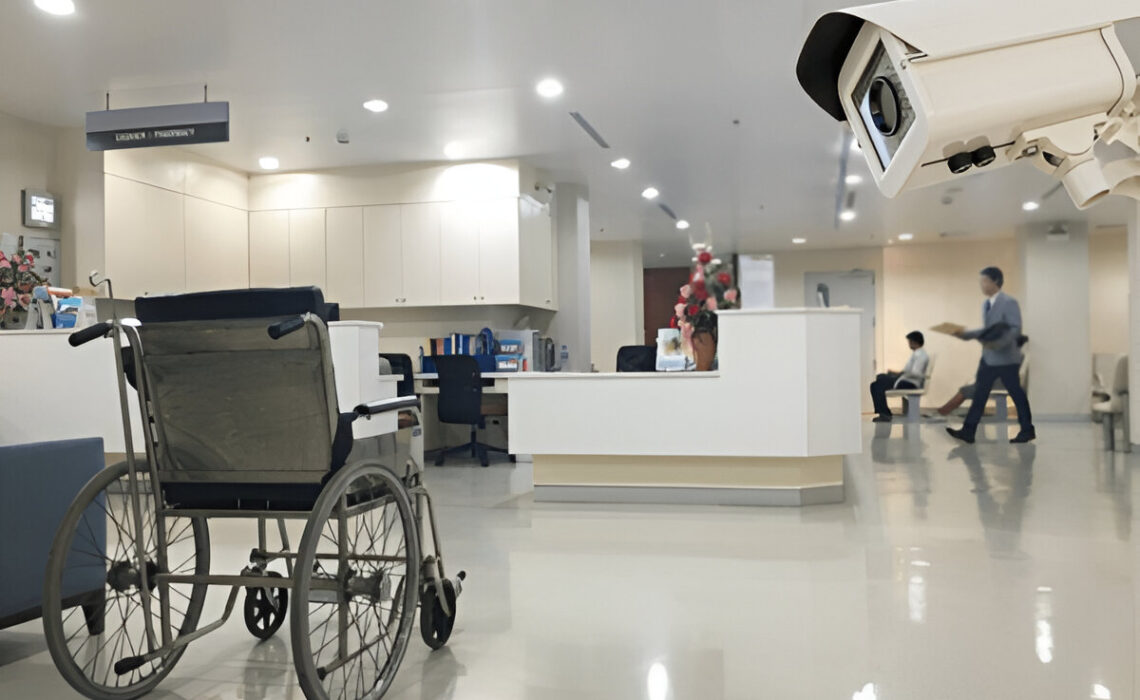
Welcome, dear readers. As we step into the realm of what we might call the ‘surveillance society’, the question of ethics arises. Are we balancing the scales correctly between maintaining privacy and ensuring security? One such arena is the healthcare sector, with our focus today being hospitals. More specifically, have you ever pondered the ethical implications of using security cameras in these places of health and healing?
In these hallowed halls where privacy is paramount, where doctors and patients share intimate details about health issues, should security cameras have a place? Is their purpose to deter criminal behavior or to monitor the performance and ethics of medical staff? Or, are we potentially wading into very murky ethical waters?
We’ll explore the boundaries of ethical surveillance and consider the viewpoints of various stakeholders within the hospital ecosystem.
Defining the Role of Security Cameras in Hospitals
Let’s first clarify ‘why’ security cameras are used in hospitals. Their main purpose is to ensure safety, acting as safeguards against criminal activity such as theft, violence, or even kidnapping newborns. Additionally, these cameras play a crucial role in documenting incidents, which can be critical in resolving disputes or legal matters.
However, hospitals aren’t just any building; they house patients grappling with illness and vulnerability. So, the question arises, what exactly are the boundaries that these cameras are meant to respect?
As we venture into ‘what’ and ‘when’, we discover the jungle of regulations. Hospitals must adhere to stringent guidelines related to the positioning of cameras and the areas they survey, restricting them predominantly to public spaces like corridors, entrances, and reception areas.
Ethical Conundrums Facing the Stakeholders
The debate intensifies when we consider ‘who’ are the stakeholders in this dynamic. Patients, medical staff, visitors, administrative personnel – each have their stakes in this discussion.
Patients’ primary concerns are privacy and confidentiality. How are we ensuring that their discussions with their doctors, their moments of vulnerability, are not being unjustly tapped into?
Medical staff, on the other hand, might feel pressurized or distrusted, affecting their performance. Meanwhile, visitors and administrative personnel may view these cameras as a necessary security measure that ensures transparency and accountability.
Advantages – A Tool for Protection
While the ethical conundrums exist, the merits of security cameras in hospitals are potential game-changers. They are highly effective in deterring violence and theft. Impartial documentation of incidents qualifies them as indispensable tools for dispute resolution. Moreover, they can provide helpful insights for better hospital management.
Delving into the Disadvantages
However, the flipside warrants attention. The elusive goal of ensuring maximum security without impinging on privacy might be lost in this race. Also, continuous monitoring can lead to discomfort and resistance among hospital staff, potentially affecting their productivity and morale.
Striking a Balance – Security and Privacy
Perhaps, the solution lies in the middle ground – striking a balance between the seemingly polarized needs for security and privacy. Regulations could include privacy laws and stringent data protection rules. Equally important is fostering a culture of trust and respect among healthcare workers, without polluting it with the suspicion of inappropriate surveillance.
Conclusion: To Film or Not to Film?
As we conclude our exploration, it’s evident that placing security cameras in hospitals is akin to walking a tightrope. At stake is the need for ultimate levels of safety, security, transparency, and accountability. Yet, we cannot ignore the privacy rights and the sense of security patients and healthcare providers deserve.
Hospitals must adopt a consultative approach in making these critical decisions, taking into consideration the perspectives of each stakeholder. It’s no mean task, and it requires delicate balancing. The debate continues, and we look forward to more robust discussions, paving the way for policies that serve everyone’s best interests. After all, in today’s world, achieving a synergy between security and privacy seems more like a necessity than an option!



